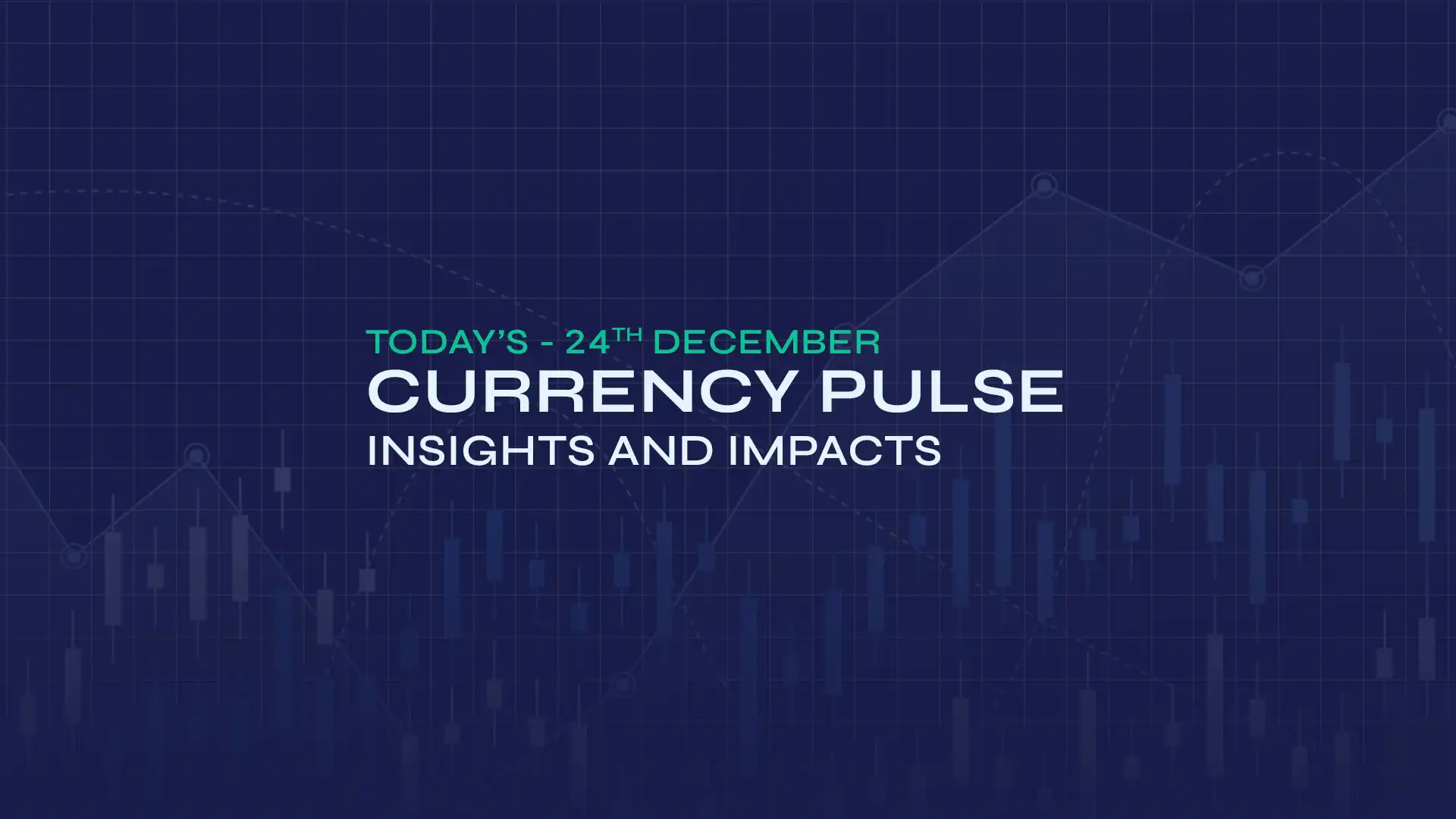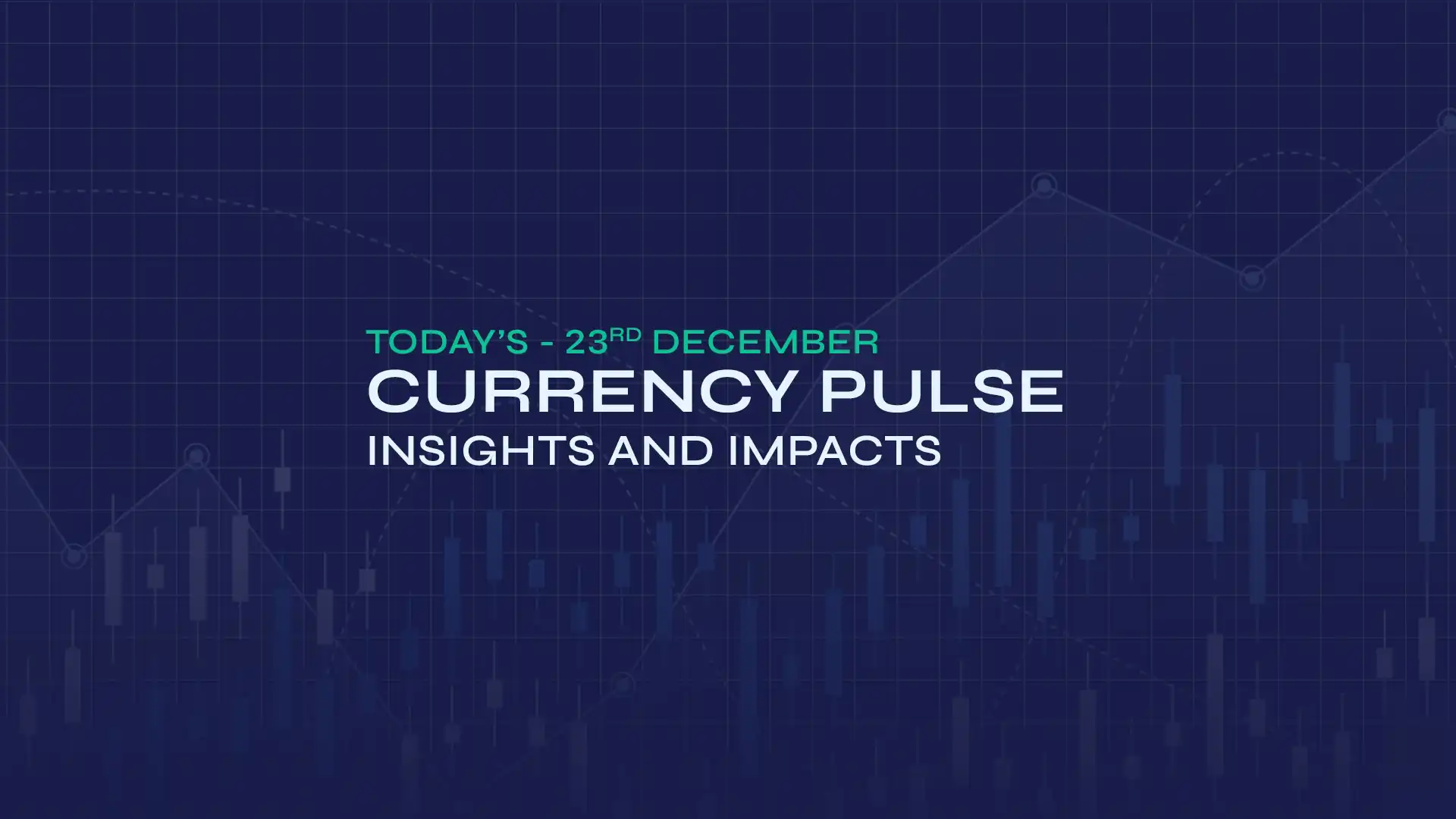EUR/GBP declined to near 0.8507 as robust Eurozone data and the swearing-in of Conservative leader Friedrich Merz as the next Chancellor of Germany support the currency. However, strong expectations that the European Central Bank (ECB) will lower interest rates at the June meeting would cap the Euro's upside. The ECB is widely expected to cut its Deposit Facility rate by 25 bps to 2%. French Industrial Production rose to 1.0% in April from 0.4% in March, significantly above the expected 0.2%. This suggests stronger economic growth in France. In April, Spanish Unemployment Change fell sharply by -67.4K, compared to a drop of -13.3K in March and a predicted decline of -6.5K, indicating favourable trends in Spain's labour market.
The Spanish Services PMI rose to 54.7 in April, surpassing March's 53.9 and the forecast of 53.4, reflecting ongoing expansion in the services sector. The Italian Services PMI improved to 52.0 in April from 51.3 in March, though it fell short of the forecast of 52.9, indicating slower progress in Italy's services sector. French Final Services PMI dropped to 46.8 in April from 47.3 in March, aligning with predictions and highlighting challenges in France's services sector. Meanwhile, the German Final Services PMI declined slightly to 48.8 in April from 49.0 in March, indicating mild contraction and some economic difficulties. On Tuesday, European Union (EU) Trade Commissioner Maros Sefcovic commented, "Proposed 0 for 0 tariffs on industrial goods." He also highlighted that another €170 billion in US exports may be impacted by tariffs. He is ready to utilise all available tools in trade defence.
Conversely, increasing anticipation of the Bank of England (BoE) cutting interest rates by 25 bps to 4.25% during its policy meeting on Thursday has put pressure on sterling. In contrast to China or the EU, the United Kingdom (UK) may benefit from the effects of US tariffs. This perspective stems from the fact that the US recorded a $12 billion goods surplus with Britain in 2024, which may bolster the pound. In April, the seasonally adjusted S&P Global UK Services PMI Business Activity Index dropped to 49.0 from 52.5 in March, reaching its lowest level since January 2023. This decline indicates that business activity has decreased for the first time since October 2023.
Broader market sentiment around the Purchasing Managers' Index (PMI) data releases from the Eurozone and Germany along with the UK's S&P Global/CIPS PMI figures influence the EUR/GBP exchange rate.
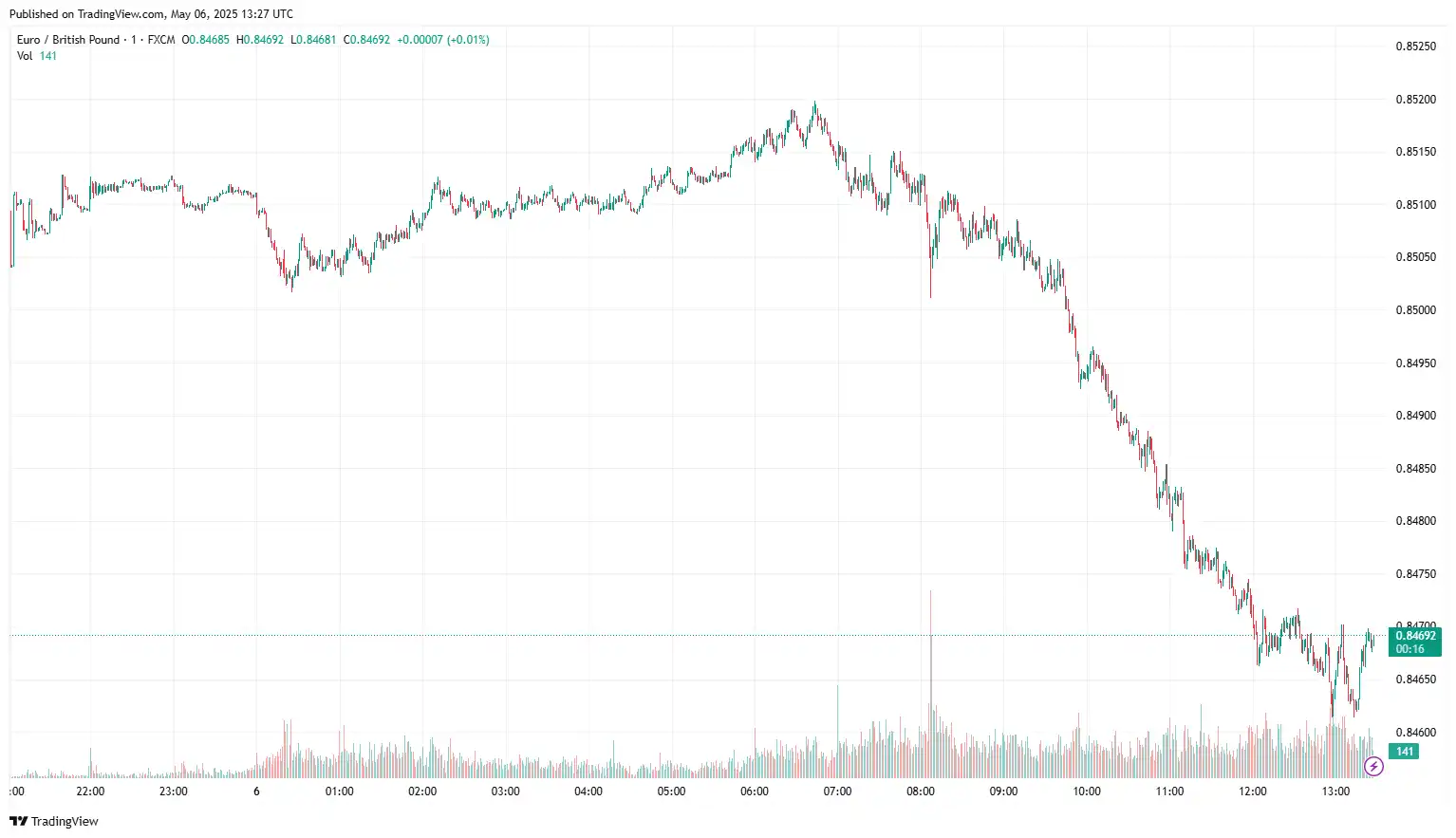
EUR/USD Rebounds Ahead of FOMC Meeting
EUR/USD recovered near 1.1338, as investors brace for the crucial FOMC decision on Wednesday. Friday's upbeat US jobs data and the US ISM Services PMI, released Monday, eased the cautious market mood. In April, economic activity in the US services sector picked up, as indicated by the ISM Services PMI climbing to 51.6 from March's 50.8, surpassing analysts' expectations of 50.6. The survey further highlighted that the Prices Paid Index, a crucial inflation metric, increased to 65.1 from 60.9, and the Employment Index rose to 49.0 from 46.2, indicating an improvement in labour market conditions in the service industry.
On Monday, US Commerce Secretary Howard Lutnick remarked that "trade deals" are forthcoming, but he refrained from specifying the parties involved or providing clear details about the purported trade negotiations. He also avoided direct questions regarding a US-Canada trade deal apart from the Trump administration's NAFTA re-negotiation, known as the USMCA. On the policy front, growing market speculation that the Fed will likely keep interest rates steady in the upcoming policy meeting continues to steer market sentiment around the greenback. Despite the Fed's assured stance that interest rates will be kept steady, Fed head Powell's recent comments may influence investors' sentiment regarding Wednesday's Fed interest rate decision. Markets are still hoping for a pivot into a fresh rate-cutting cycle, and traders will be on the lookout for any signs of dovishness from Fed policymakers.
On the euro front, market confidence that the European Central Bank (ECB) will continue its policy easing cycle in the June policy meeting, regardless of the hotter-than-expected Eurozone Harmonised Index of Consumer Prices (HICP) data for April, may weigh on the shared currency. In April, the Eurozone Harmonised Index of Consumer Prices (HICP) rose by 2.2% year-over-year (YoY), matching the increase seen in March, as reported by Eurostat on Friday. Market expectations were set at 2.1% for this period. The core HICP climbed by 2.7% over the year in April, following a 2.4% rise in March, exceeding the anticipated 2.5%. Month-over-month, the region's HICP increased by 0.6% in April, aligning with the rise recorded in March. Core HICP inflation remained steady at 1% month-over-month (MoM) during this time. The European Central Bank (ECB) targets an inflation rate of 2.0%. The inflation figures from the continent substantially impact market predictions regarding potential future interest rate cuts by the ECB. Additionally, the unemployment rate for the bloc stood at 6.2% in March.
In today's session, the release of Purchasing Managers' Index (PMI) data from the Eurozone and the US trade balance will influence the EUR/USD exchange rate.
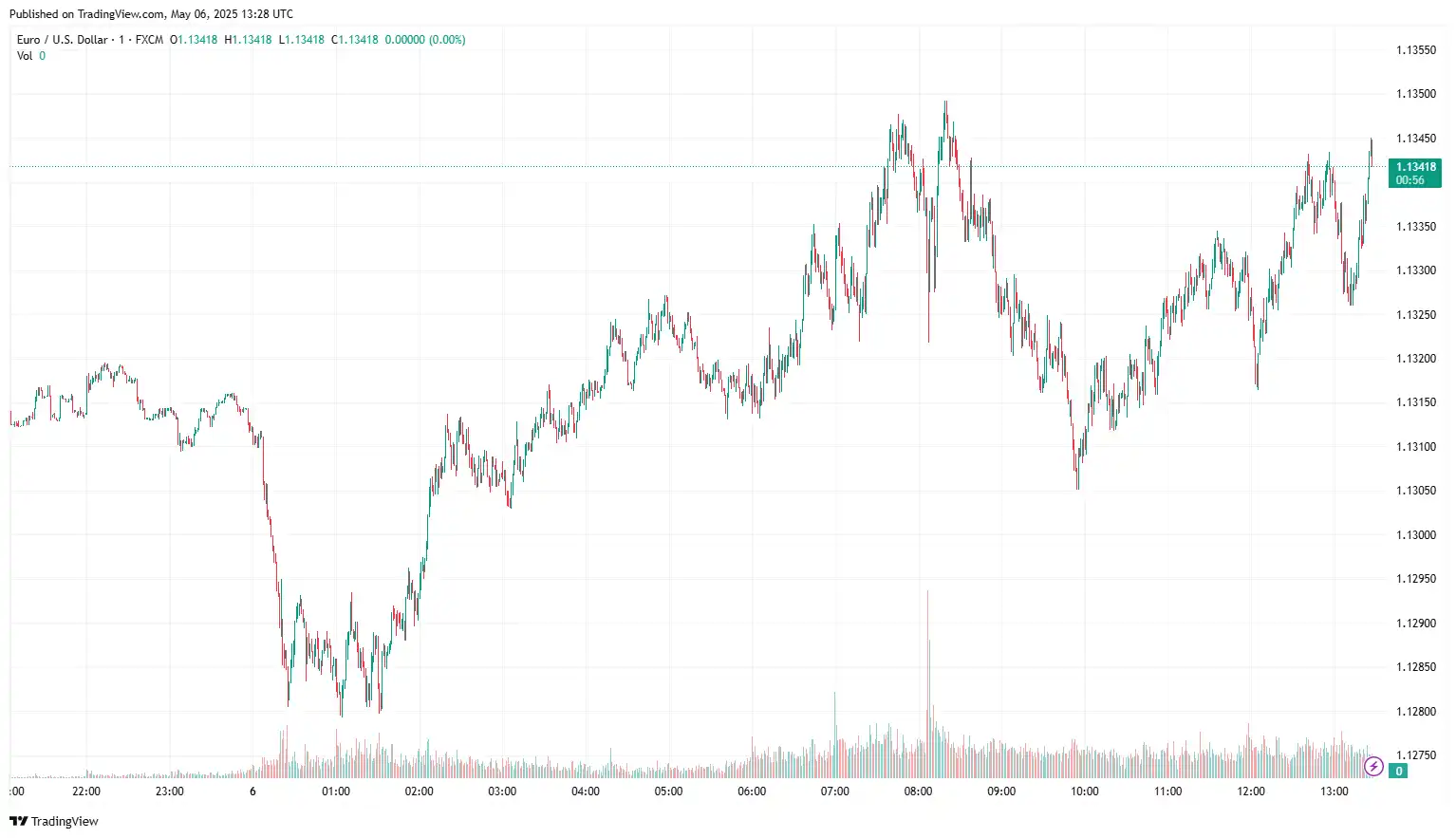
AUD/JPY Sinks as Inflation Gauge Rises in April
AUD/JPY declined to 92.30, as key economic data and political stability following Australian Prime Minister Anthony Albanese's securement of a second three-year term in the 2025 Federal Election supported the Australian dollar (AUD). Labour Party leader Albanese has claimed a majority in parliament, with over 45% of the votes counted. Albanese promised a "disciplined" government that prioritises cost-of-living relief, navigates global trade tensions, and reaffirms support for renewable energy, tax cuts, housing, and healthcare spending. However, this may boost inflationary pressures, potentially restraining the Reserve Bank of Australia's (RBA) scope to lower interest rates.
On the data front, the TD-MI Inflation Gauge rose by 0.6% MoM in April, easing from March's 0.7% increase but marking a second consecutive month of growth. Meanwhile, the annual Inflation Gauge increased to 3.3%, compared to the previous increase of 2.8%. Australia's Judo Bank Composite Purchasing Managers Index (PMI) recorded a reading of 51.0 in April. This indicates continued expansion for the seventh straight month, although the pace has slowed from 51.6 in March. The Services PMI also reported a figure of 51.0, marking fifteen consecutive months of growth. On Friday, China's Commerce Ministry announced it is evaluating a US proposal to restart trade talks. This follows US President Donald Trump's statement that negotiations are already in progress. However, Trump does not plan to speak with Chinese President Xi Jinping this week. Rising tensions between the US and China could negatively impact the AUD, given Australia's close trade ties with China.
On the other hand, continued uncertainty over US President Donald Trump's trade policies and rising geopolitical tensions keep investors on edge, driving the demand for safe assets and supporting the Japanese Yen (JPY). Despite the Bank of Japan's (BoJ) dovish guidance last Thursday, the broadening inflation in Japan and the prospects of sustained wage hikes may support the central bank's restrictive policy tightening.
In the upcoming session, rising trade uncertainties and geopolitical risks along with investor sentiment around the two-day FOMC meeting will influence the AUD/JPY exchange rate.
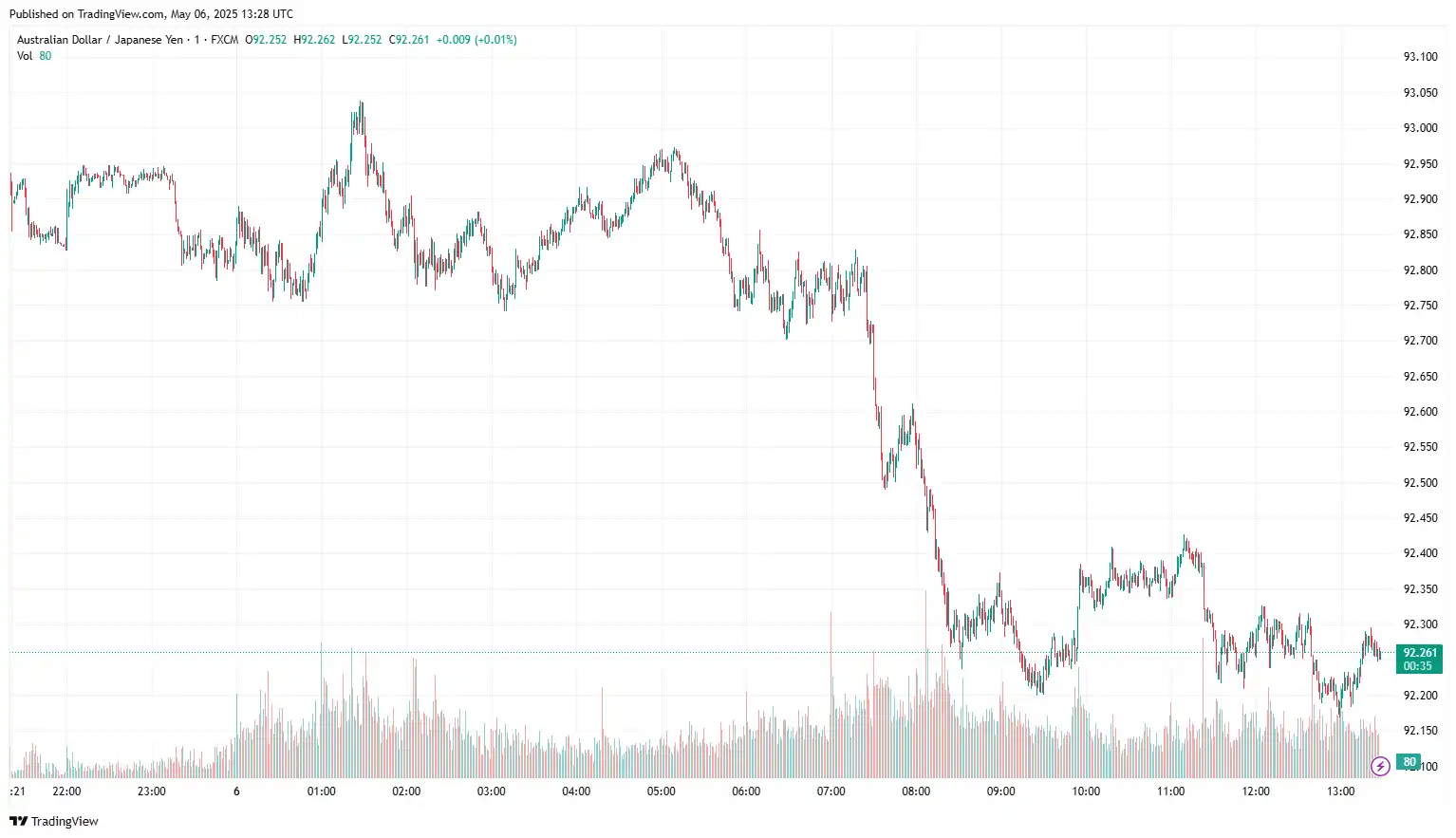
USD/CHF Struggles Following Schlegel's Speech
USD/CHF hovered near 0.8242 due to a cautious market mood ahead of the two-day FOMC monetary policy meeting. While the market anticipates the Federal Reserve to keep the interest rate steady following Friday's upbeat US jobs data and the better-than-expected US ISM Services PMI numbers, Fed Chair Jerome Powell's remarks at the post-meeting press conference could impact the greenback's movement in upcoming sessions. Meanwhile, the increased economic uncertainty caused by US President Donald Trump's unpredictable trade policies does not help the USD find substantial buyers. Additionally, ongoing geopolitical risks from the prolonged Russia-Ukraine war and rising conflicts in the Middle East overshadow the recent optimism from signs of improved US-China trade relations. The 2-year US Treasury bond yield breaks its three-day winning streak, slipping to 3.81% and declining by 0.70%, which exerts selling pressure on the US dollar.
On Monday, US President Trump expressed his intention to introduce pharmaceutical tariffs within the next two weeks, adding to the plans announced last week to direct the US Trade Representative and the Commerce Department to begin imposing a 100% tariff on films produced abroad. On Monday, Treasury Secretary Scott Bessent remarked that the United States is "very close to some deals," echoing comments made by Trump over the weekend regarding advancements in trade negotiations. Nevertheless, Trump confirmed that he will not meet with Chinese President Xi Jinping this week.
In the meantime, China's Commerce Ministry announced on Friday that it is examining a US proposal to resume discussions. In addition to this, the protracted Russia-Ukraine war and a new escalation of conflicts in the Middle East maintain geopolitical risks. This, in turn, tempers investors' appetite for riskier assets, which is evident from a weaker tone in the equity markets and supports the CHF.
On the domestic front, the seasonally adjusted unemployment rate for April remains at 2.8%, aligning with expectations. The number of registered unemployed individuals decreased slightly in April to 130,101, down from 132,569 in March. Additionally, the Swiss Consumer Price Index (CPI) for April 2025 stayed unchanged from the previous month, maintaining a level of 107.5 points. However, the year-over-year CPI for April 2025 dropped to 0.0%, a decrease from 0.3% in March, marking the lowest annual inflation rate since early 2021. Meanwhile, the core CPI, which excludes sensitive items such as food and energy, increased by 0.6% year-over-year, slightly below the expected 0.8% and down from the prior 0.9%. Swiss National Bank (SNB) Chairman Martin Schlegel said on Tuesday that "we remain committed to our mandate of price stability." He also added, "We have said we are ready to intervene in the FX market as necessary."
Broad market sentiment around the Federal Reserve (Fed) interest rate decision will influence the USD/CHF exchange rate.
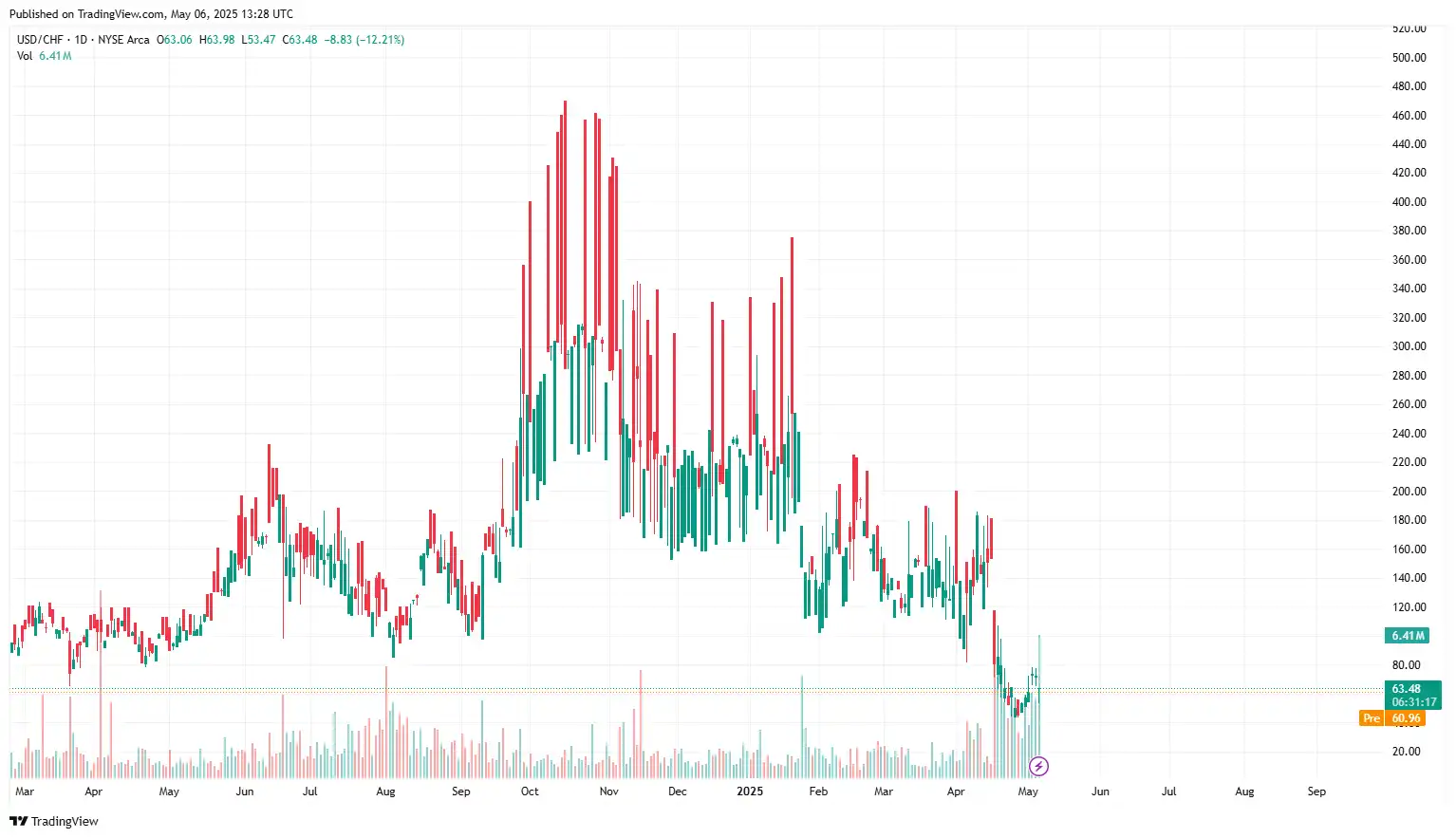
Stay Ahead in the Currency Game
Whether you're a daily FX trader or handle international transactions regularly, our 'Currency Pulse' newsletter delivers the news you need to make more informed decisions. Receive concise updates and in-depth insights directly in your LinkedIn feed.
Subscribe to 'Currency Pulse' now and never miss a beat in the currency markets!
Ready to act on today’s insights? Get a free quote or give us a call on: +44 (0)20 7740 0000 to connect with a dedicated portfolio manager for tailored support.
Important Disclaimer: This blog is for informational purposes only and should not be considered financial advice. Currency Solutions does not take into account the investment objectives, financial situation, or specific needs of any individual readers. We do not endorse or recommend any specific financial strategies, products, or services mentioned in this content. All information is provided “as is” without any representations or warranties, express or implied, regarding its accuracy, completeness, or timeliness.



